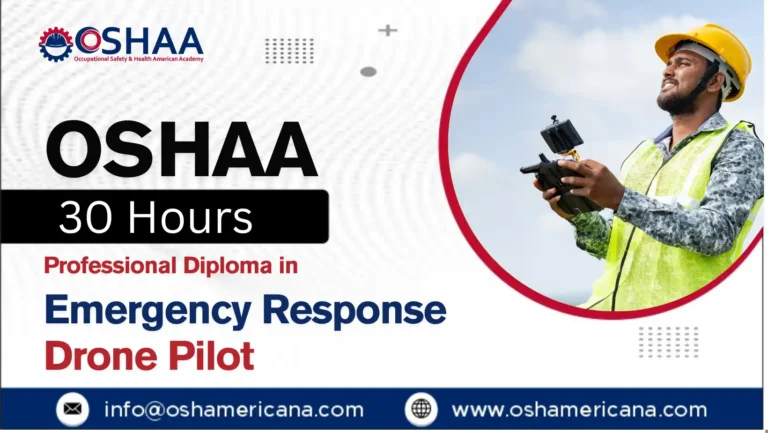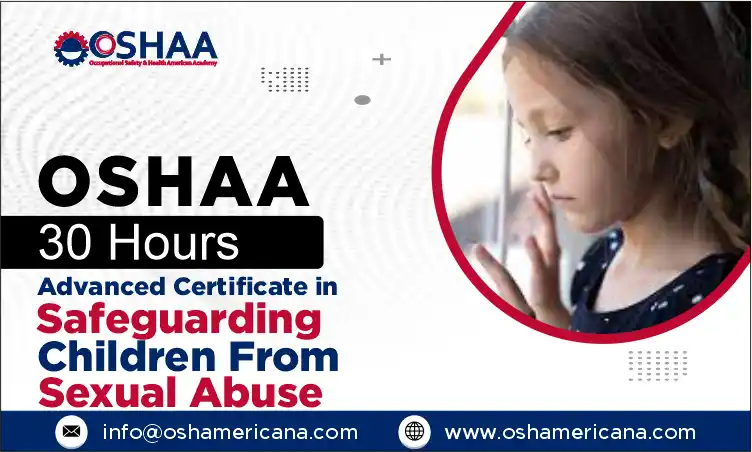The OSHAA 30-Hours Professional Diploma in Swim School Health and Safety is a specialised training programme designed to provide participants with the knowledge and skills needed to maintain safe and compliant swim school environments. Developed in line with industry best practices and safety regulations, this course equips participants with practical tools to prevent risks, manage incidents, and ensure the well-being of everyone within an aquatic training setting.
This diploma offers a comprehensive approach to health and safety in swim schools, covering essential topics such as hazard identification, risk assessment, emergency preparedness, water quality management, and safeguarding procedures. Through an engaging and structured curriculum, participants gain a deep understanding of both legal requirements and operational standards, enabling them to uphold safety protocols effectively.
One of the key strengths of this programme is its focus on real-world application. Participants explore case studies, scenario-based learning, and practical exercises to develop the ability to handle emergencies and enforce safety measures. The course also addresses communication strategies, ensuring participants can convey safety information clearly to staff, visitors, and other stakeholders within the swim school environment.
On completion of the OSHAA 30-Hours Professional Diploma in Swim School Health and Safety, participants will be able to implement robust safety systems, conduct thorough inspections, respond effectively to incidents, and maintain compliance with national and local health and safety guidelines. This qualification not only enhances professional credibility but also contributes to creating a safer and more positive learning atmosphere in swim schools.
By combining expert-led instruction with industry-relevant content, this programme provides participants with a solid foundation to manage health and safety responsibilities confidently. It is ideal for those working within swim school operations who aim to improve safety standards, protect pool users, and ensure consistent regulatory compliance.
OSHAA 30-Hours Professional Diploma in Swim School Health and Safety
Study Units
Learning Outcomes
Introduction to Swim School Health and Safety Principles (3 Hours)
• Understand the core concepts of health and safety within swim school environments.
• Recognise the importance of safety culture and proactive hazard management.
• Identify the responsibilities of swim school operators in maintaining safe practices.
Legal and Regulatory Requirements for Aquatic Education Facilities (3 Hours)
• Interpret relevant laws, regulations, and industry standards for swim schools.
• Apply compliance requirements to daily operations and facility management.
• Understand the legal implications of non-compliance in aquatic education settings.
Risk Assessment and Hazard Prevention in Swim School Operations (4 Hours)
• Conduct effective risk assessments tailored to swim school activities.
• Identify and control common hazards in pool and teaching areas.
• Develop preventive measures to reduce risks to participants and staff.
Water Quality Management and Testing Procedures (3 Hours)
• Understand the principles of water quality and its impact on health and safety.
• Carry out water testing accurately using approved methods.
• Interpret test results and take corrective action when required.
Emergency Action Planning and Incident Response (4 Hours)
• Develop effective emergency action plans for various poolside incidents.
• Implement evacuation and rescue procedures efficiently.
• Coordinate responses with emergency services and internal teams.
Safeguarding and Child Protection in Swim School Settings (3 Hours)
• Recognise signs of abuse or neglect in children and young people.
• Implement safeguarding procedures in line with national guidelines.
• Maintain professional boundaries while ensuring participant safety.
Infection Prevention and Control Measures (5 Hours)
• Apply infection control principles to aquatic environments.
• Manage hygiene protocols for changing rooms, equipment, and facilities.
• Reduce the risk of waterborne and contact-transmissible infections.
Facility Safety Checks and Maintenance Planning (3 Hours)
• Conduct regular safety inspections of swim school facilities and equipment.
• Develop maintenance schedules to prevent safety hazards.
• Document inspection findings and implement corrective actions.
Staff Roles, Responsibilities, and Safety Communication (2 Hours)
• Define the safety responsibilities of different staff roles in swim schools.
• Promote effective communication of safety procedures among team members.
• Encourage a culture of shared responsibility for participant well-being.
• Gain comprehensive knowledge of health and safety requirements specific to swim schools and aquatic education environments.
• Develop the ability to conduct effective risk assessments and implement preventive safety measures.
• Learn to maintain optimal water quality and comply with testing protocols.
• Acquire skills to create and execute emergency action plans for a variety of incidents.
• Understand safeguarding principles and how to protect children and vulnerable participants.
• Enhance infection prevention strategies to reduce health risks in aquatic facilities.
• Improve facility inspection and maintenance planning for long-term safety compliance.
• Strengthen communication and teamwork skills to foster a proactive safety culture.
• Increase professional credibility and career opportunities in aquatic education and pool facility management.
• Achieve a qualification aligned with industry standards, supporting regulatory compliance and operational excellence.
• Participants working in swim schools, aquatic training centres, or community swimming facilities.
• Pool managers, swim school coordinators, and health and safety officers seeking to enhance operational safety.
• Swimming instructors and coaches responsible for maintaining safe learning environments.
• Facility maintenance staff involved in the upkeep and safety of aquatic education facilities.
• Lifeguards and supervisory staff aiming to expand their expertise in safety management.
• Individuals aspiring to take on leadership or compliance roles within aquatic education settings.







